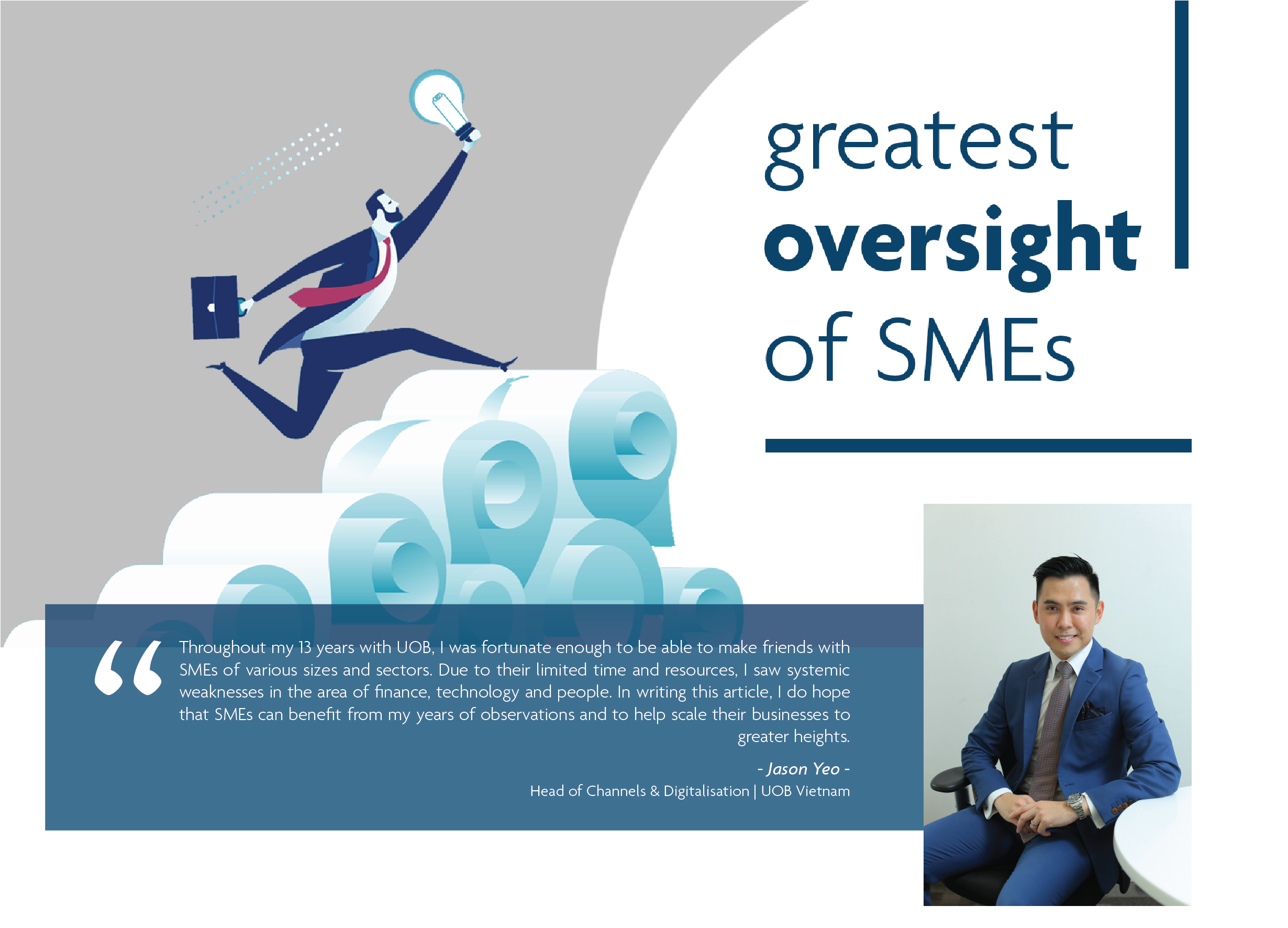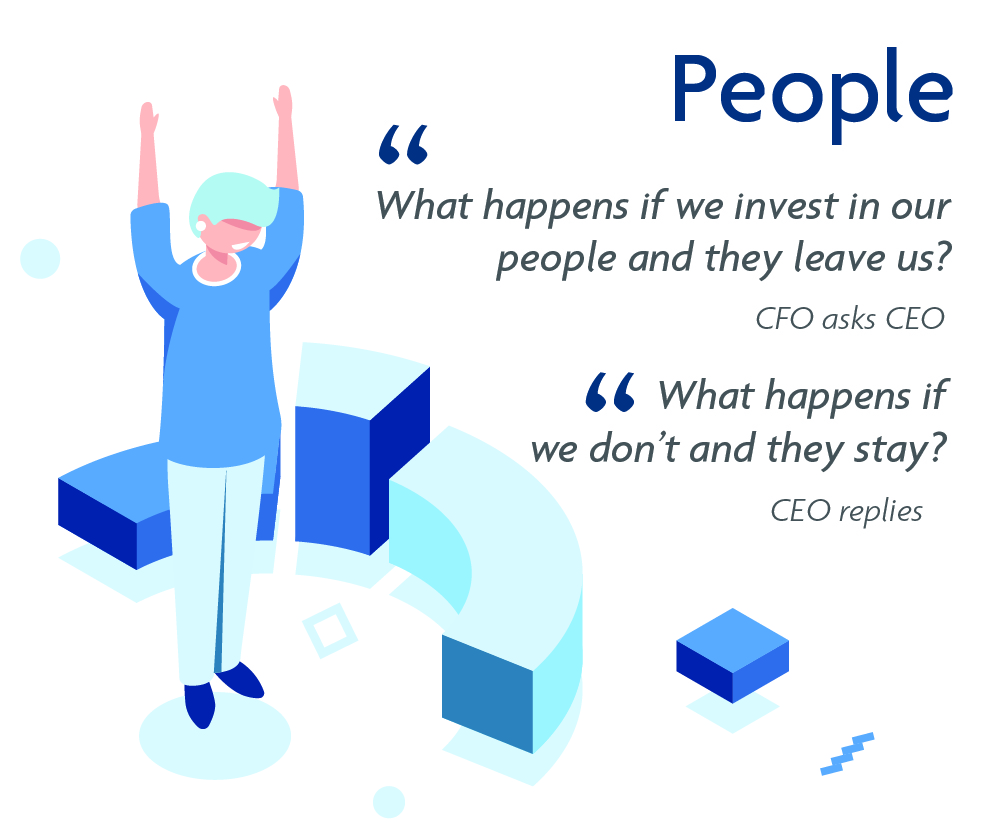Sales Forecast
A robust sales forecast will help your business to optimize inventory levels and cash flows at each period. There are many areas to consider when drafting the forecast. For example, economic growth, demands, competition, seasonality and your aspiration as a percentage of addressable market size. You may need to rely on your past experiences and trends to estimate it. With clear top line targets in place, you can deploy adequate resources such as sales force and marketing budget to achieve.
Cash Flows
Cash flow can be broadly defined as the difference between the opening and closing cash balances. Positive cash flow generated as a result of your business activities will pay for your operating and inventory costs which in turn generate more sales.
A consistent and positive cash flow creates liquidity for businesses and they are more able to undertake new business opportunities or capital investment (CAPEX) to generate higher profits.
Liquidity is the lifeline for SMEs and it should not be confused with profitability. While SMEs may be able to operate without profit for a period of time, without liquidity, the business may not be able to meet a critical payment and risks becoming insolvent. Suffice to say, when your expenses runs ahead of your cash, you have a cash flow situation. To arrest the situation, you will have to revisit your budget to recalibrate your revenue and cost drivers such as to ramp up sales activities, delay payments to suppliers, quicken receivables or to seek a financial institution to bridge your financing gap.









